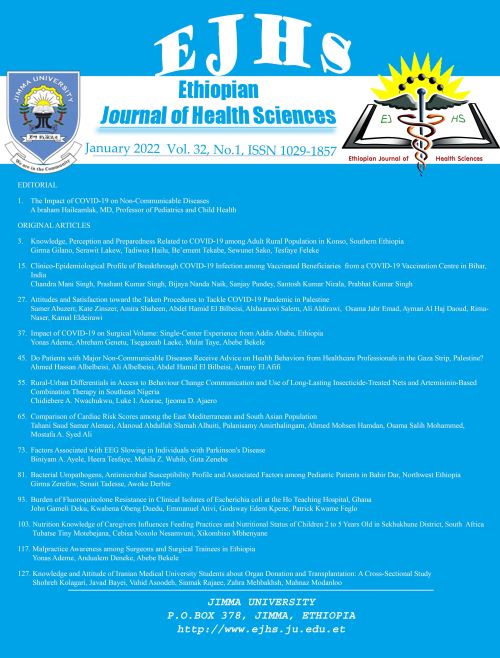Main Article Content
Addressing the Impact of Noncommunicable Diseases and Injuries (NCDIs) in Ethiopia: Findings and Recommendations from the Ethiopia NCDI Commission
Abstract
BACKGROUND: Noncommunicable diseases and injuries (NCDIs) are the leading causes of premature mortality globally. Ethiopia is experiencing a rapid increase in NCDI burden. The Ethiopia NCDI Commission aimed to determine the burden of NCDIs, prioritize health sector interventions for NCDIs and estimate the cost and available fiscal-space for NCDI interventions.
METHODS: We retrieved data on NCDI disease burden and concomitant risk factors from the Global Burden of Disease (GBD) Study, complemented by systematic review of published literature from Ethiopia. Cost-effective interventions were identified through a structured priority-setting process and costed using the One Health tool. We conducted fiscal-space analysis to identify an affordable package of NCDI services in Ethiopia.
RESULTS: We find that there is a large and diverse NCDI disease burden and their risk factors such as hypertension and diabetes (these conditions are NCDIs themselves and could be risk factors to other NCDIs), including less common but more severe NCDIs such as rheumatic heart disease and cancers in women. Mental, neurological, chronic respiratory and surgical conditions also contribute to a substantial proportion of NCDI disease burden in Ethiopia. Among an initial list of 235 interventions, the commission recommended 90 toppriority NCDI interventions (including essential surgery) for implementation. The additional annual cost for scaling up of these interventions was estimated at US$550m (about US$4.7 per capita).
CONCLUSIONS: A targeted investment in cost-effective interventions could result in substantial reduction in premature mortality and may be within the projected fiscal space of Ethiopia. Innovative financing mechanisms, multi-sectoral governance, regional implementation, and an integrated service delivery approach mainly using primary health care are required to achieve these goals.






